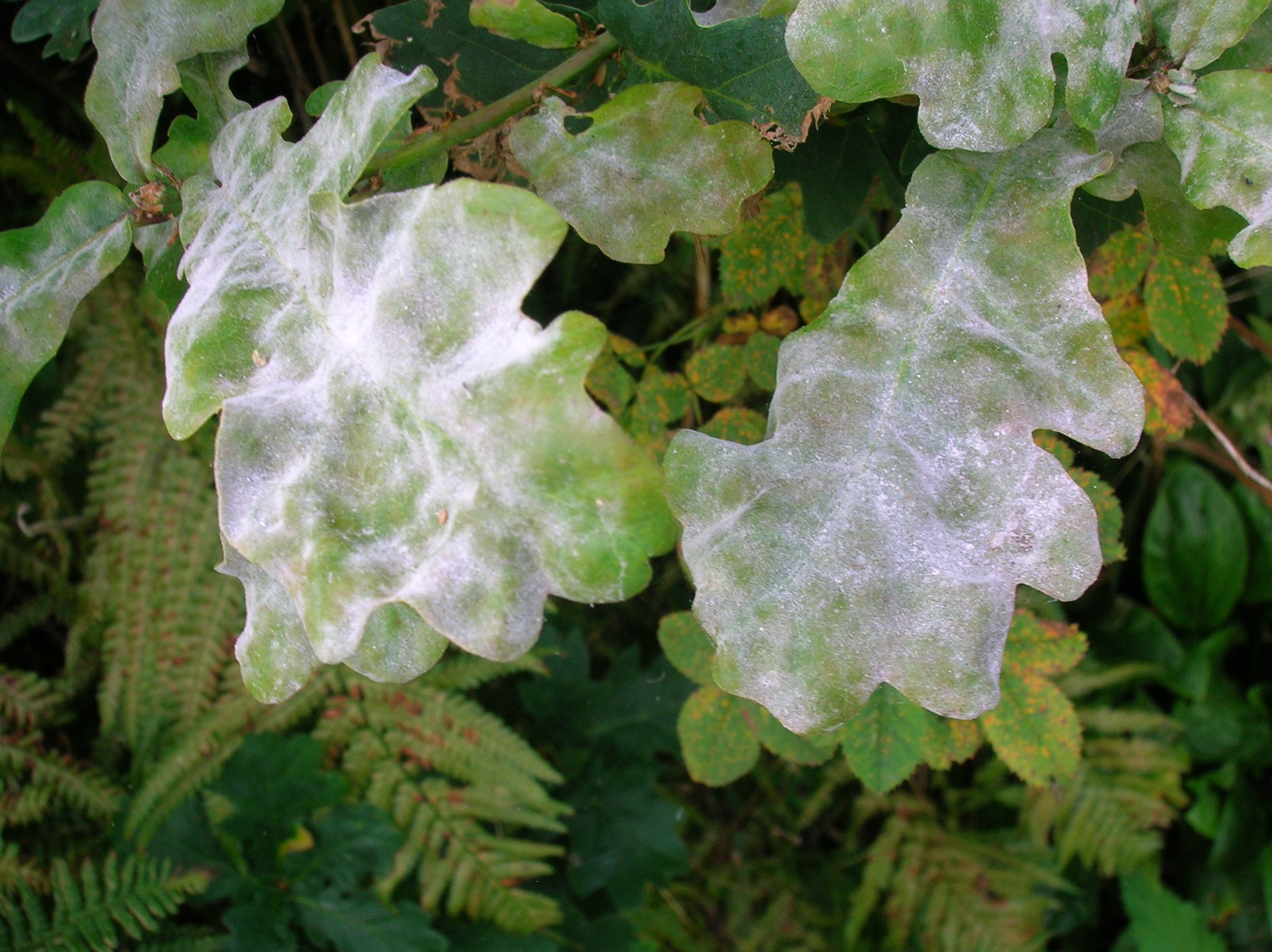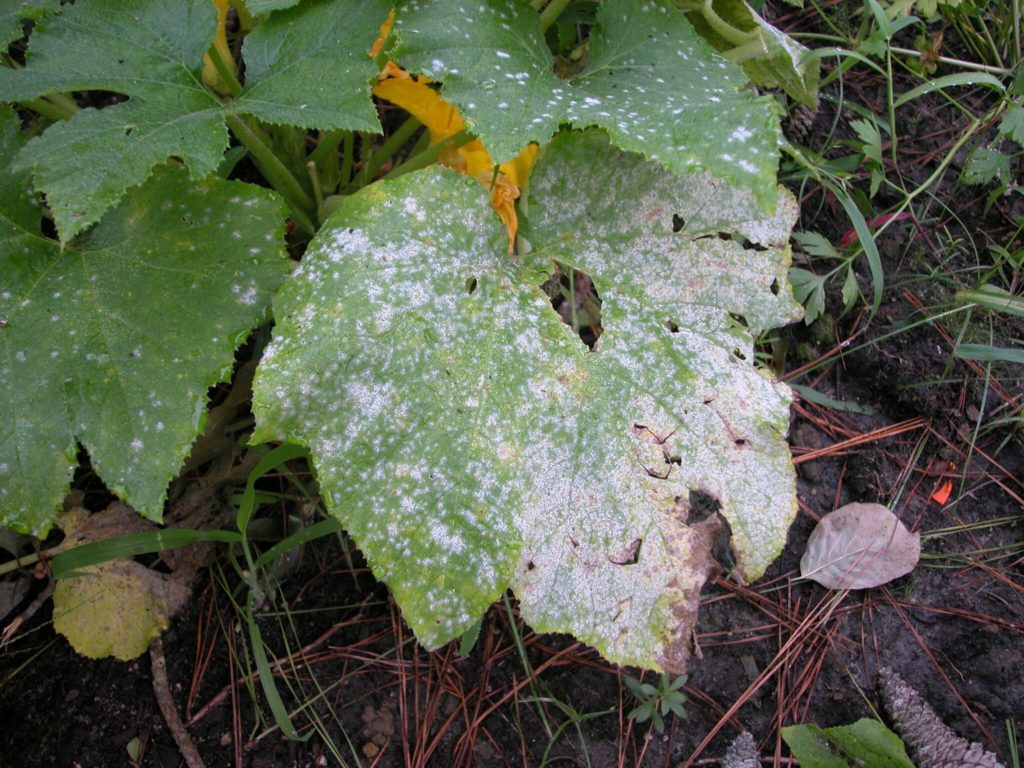
Arbor-wellness: Powdery Mildew
Why are the leaves on my tree looking whitish?
During the spring, especially when it is cool and damp, your tree may be affected by powdery mildew. This is a fungus that punctures the leaves of trees to feed on the cells of the leaf. The fungus then grows on the surface of the leaf, making a white powdery look to the leaf surface.
Will this hurt the tree?
Most of the time, powdery mildew does little long-term damage to the tree. It often goes away on its own as the weather dries and warms. However, it indicates that there may be some other problems with your trees. Healthier trees that have been pruned properly often have much less powdery mildew. Trees planted in too much shade tend to be affected the most, so creating more sunlight in an area may reduce the problem. In a few cases, it can become so bad that the tree fails to thrive and needs to be removed.

Will all my trees get this problem?
No, many trees are very resistant to powdery mildew. Some trees that are more susceptible include apple, crabapple, crape myrtles, dogwood, flowering fruit trees, hawthorn, lilac, maple, oak, poplar and sycamore.
When is the best time to protect these trees?
Improving the health of the tree or pruning can occur as needed. When treatment is recommended, doing a preventative treatment in the fall or early spring is best. Control during the season is possible, but often requires several return visits to maintain good control.
If you are concerned about powdery mildew and want to schedule an inspection, fill out the form below.